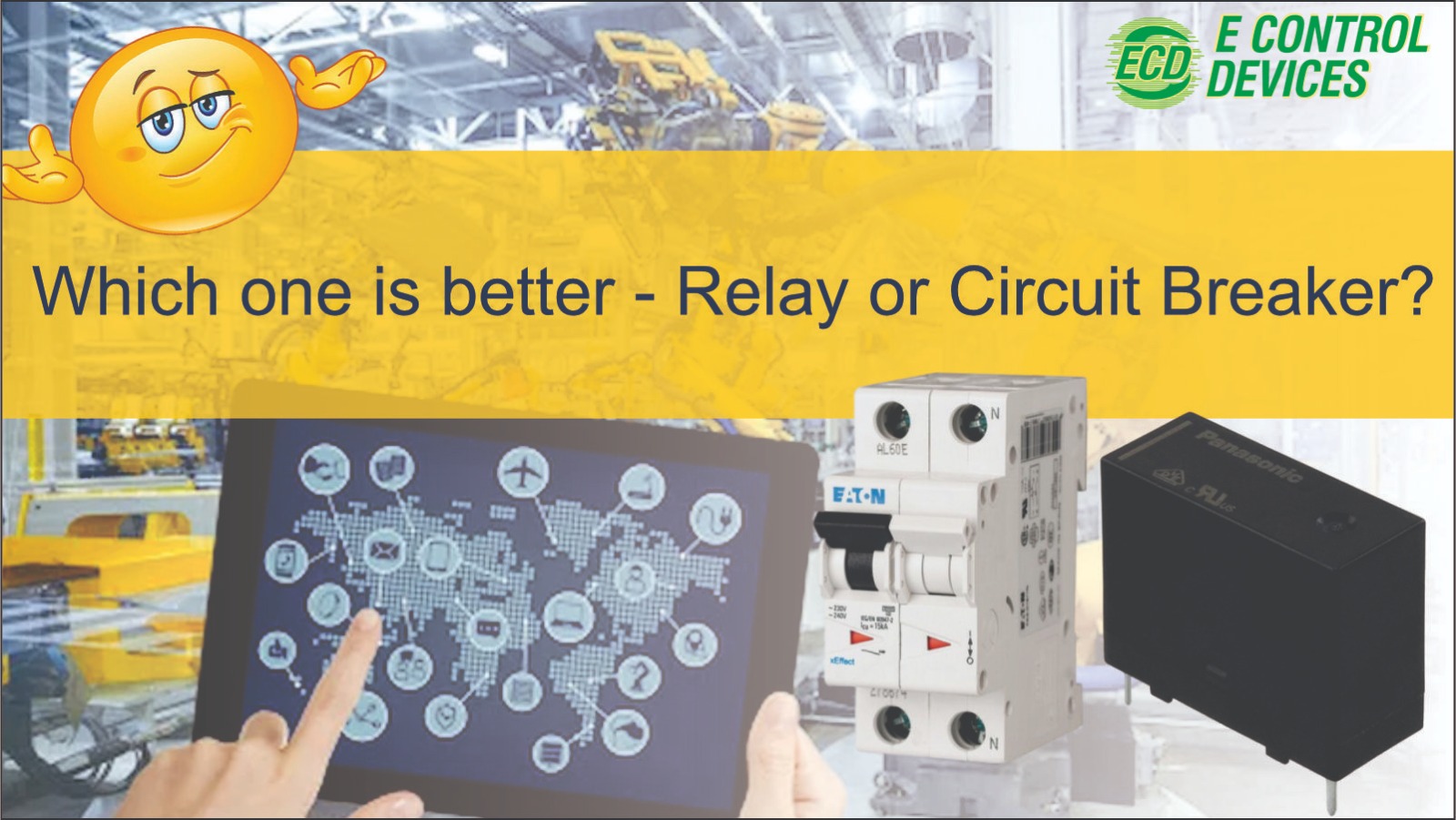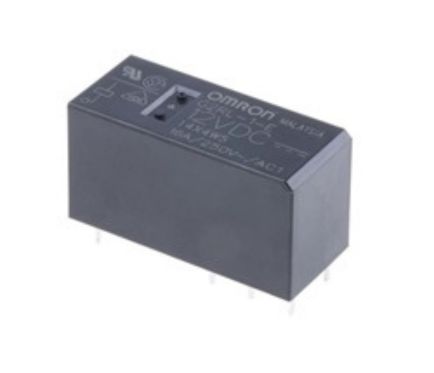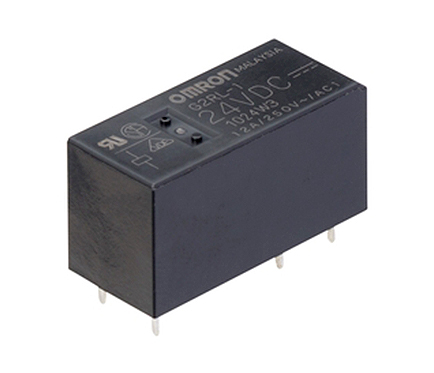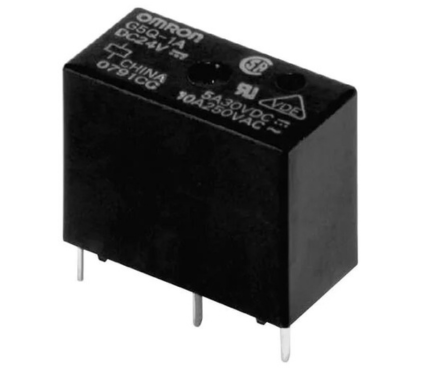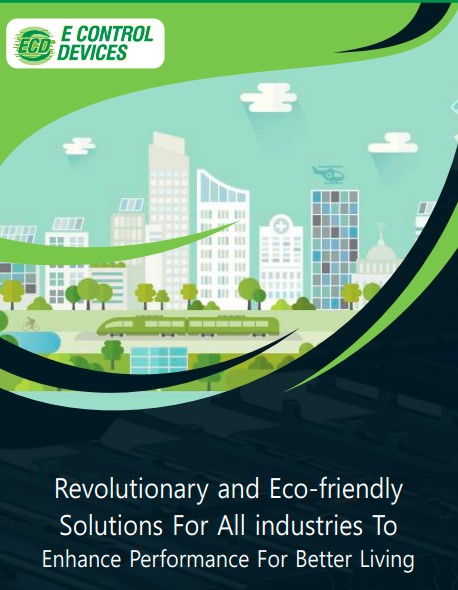In the realm of electrical systems, power protection holds paramount importance. The need to safeguard equipment, prevent electrical hazards, and ensure uninterrupted power supply is a fundamental concern. Two key components that play a pivotal role in power protection are relays and circuit breakers.
These devices act as guardians, monitoring electrical currents and responding swiftly to abnormal conditions. While both relays and circuit breakers serve a common purpose, there exists a perpetual debate regarding their superiority in different scenarios.
In the subsequent sections, we will delve deeper into the functionalities, performance characteristics, and applications of relays and circuit breakers. By examining their key attributes and real-world examples, we aim to provide valuable insights that can assist in the decision-making process.
What are relays?
Relays are devices that operate as switches controlled by an external electrical signal. They consist of a coil, an armature, and one or more sets of contacts. When a current passes through the coil, it generates a magnetic field that attracts the armature, causing the contacts to change their position. This action can either open or close the circuit, allowing or preventing the flow of current to the load.
The primary function of relays is to control and isolate electrical circuits. They provide a safe and reliable means of turning devices on or off, while also offering protection against overloads, short circuits, and other faults. Relays act as intermediaries between the control system and the load, ensuring that the load operates within its intended parameters.
What are circuit breakers?
A circuit breaker can be defined as an electrical switch designed to protect an electrical circuit from overloads, short circuits, and other faults. It acts as a safety net, interrupting the flow of electricity when abnormal conditions occur. They are designed to automatically interrupt electrical currents in the event of a fault, preventing excessive current flow and potential damage to the system.
Let’s delve into the world of circuit breakers and explore their definition, function, types, and applications, as well as their advantages and limitations.The primary function of a circuit breaker is to detect excessive current or abnormal conditions and open the circuit, thereby isolating the fault and preventing further damage.
Comparing Relay and Circuit Breaker
When it comes to power protection in electrical systems, both relays and circuit breakers play crucial roles. Understanding the performance of these components is essential in making informed decisions for optimal system safety and reliability. Let’s examine key factors that differentiate relay and circuit breaker performance.
1. Response Time and Speed of Operation
- Relays exhibit rapid response times, often within milliseconds, promptly detecting anomalies and triggering actions.
- Circuit breakers, with mechanical components, may have slightly longer response times, but electronic versions match relay speeds.
2. Sensitivity and Accuracy in Fault Detection
- Relays stand out for their exceptional sensitivity in fault detection, identifying even minor irregularities in voltage, current, etc.
- Circuit breakers, while fault-capable, may possess slightly lower sensitivity, especially with transient or intermittent faults.
3. Handling Different Electrical Faults
- Relays demonstrate versatility in managing diverse electrical faults such as overcurrent, overvoltage, and under frequency.
- Circuit breakers primarily interrupt excessive currents, safeguarding systems and equipment, albeit with less extensive versatility.
4. Maintenance Requirements and Cost Considerations
- Relays demand frequent maintenance due to intricate designs and sensitivity, necessitating testing and component replacement.
- Circuit breakers, especially solid-state types, require less maintenance due to reduced wear.
- Relays generally carry higher costs due to intricate design and customization, while circuit breakers offer cost-effective options for standard applications.
Choosing the Best between Relay and Circuits
In the electrical engineering department of Chongqing University, China, the debate over the superiority of relays versus circuit breakers for electrical system protection arose during a major overhaul. The objective was to select the most effective component for fault detection and response to ensure uninterrupted operations. The professors used a setup and analyzed both products over a span of time.
Data Overview:
1. Response Time:
Relays showcased an average response time of 5 milliseconds, swiftly detecting voltage anomalies and activating corrective actions. Circuit breakers demonstrated an average response time of 15 milliseconds due to their mechanical operation.
2. Sensitivity:
Relays exhibited unparalleled sensitivity, spotting minor voltage and current deviations with 0.5% accuracy. In contrast, circuit breakers maintained 1% accuracy, with slightly less sensitivity to intermittent faults.
3. Handling Different Faults:
Relays proved versatile, handling overcurrent, overvoltage, and under frequency situations, tailored with precision. Circuit breakers primarily focused on overcurrent protection but offered limited adaptability.
4. Maintenance:
Relays demanded bi-monthly calibration, resulting in 20 hours of annual maintenance, while circuit breakers required semi-annual checks, equating to 10 hours per year.
Conclusion
The choice between relays and circuit breakers depends on the specific requirements of the electrical system. Relays provide fast response, high sensitivity, and versatile fault handling, but require more maintenance and come at a higher cost. Circuit breakers offer reliable protection with advancements in response time and sensitivity while requiring less maintenance and being more cost-effective. Understanding these performance factors will help in selecting the most suitable solution for efficient power protection.

